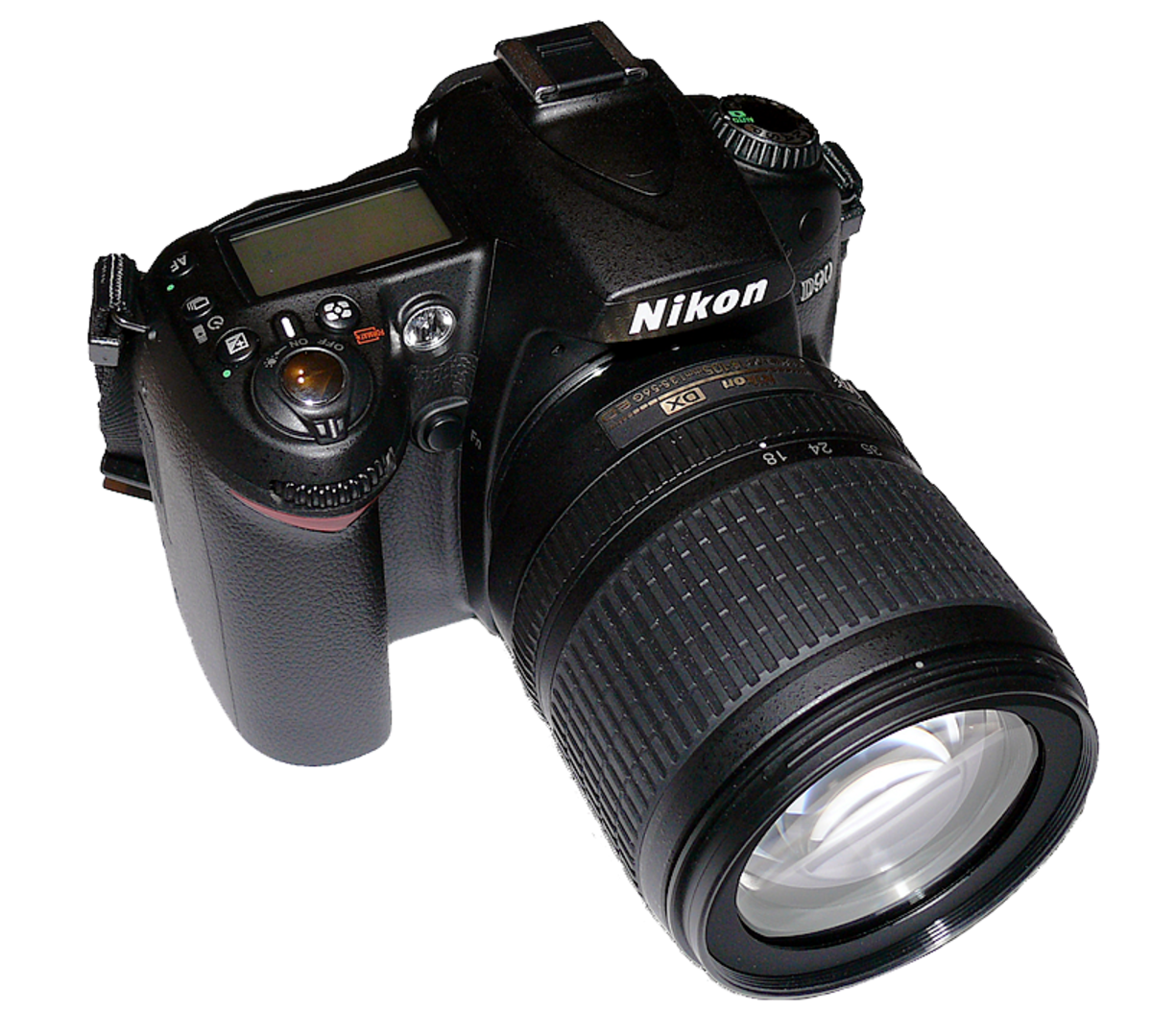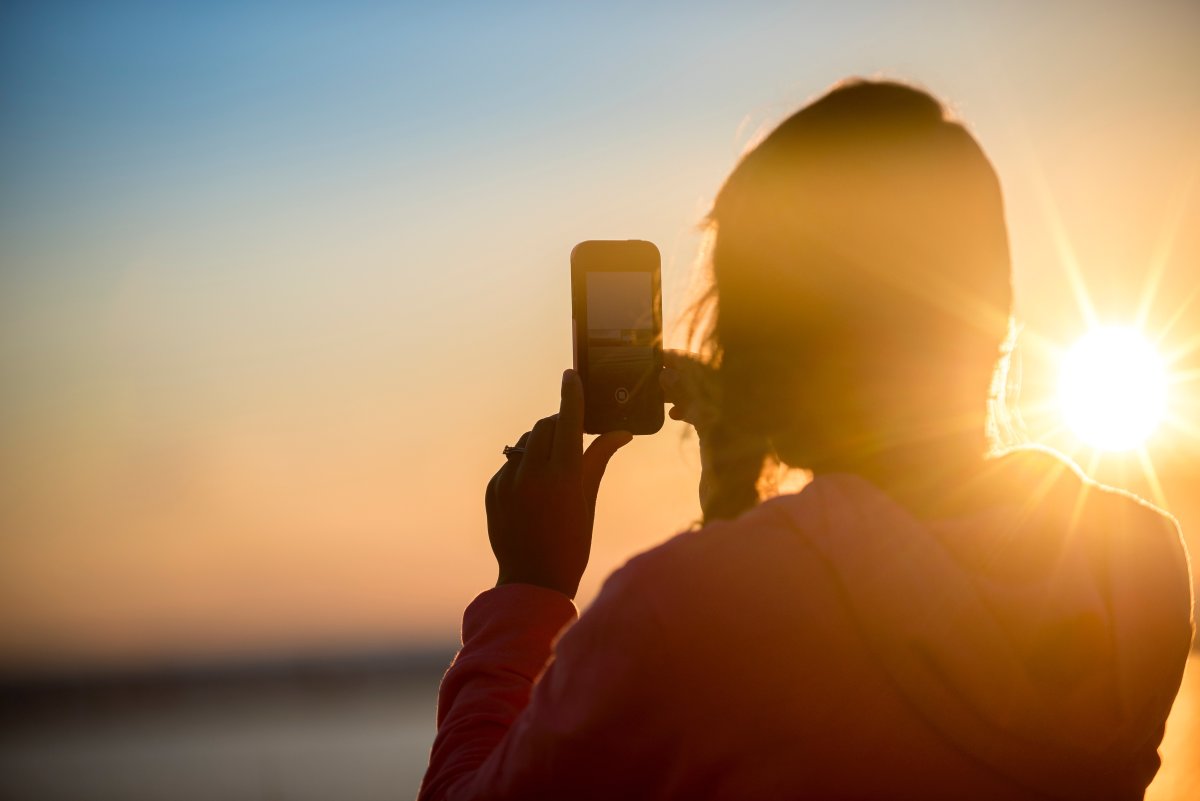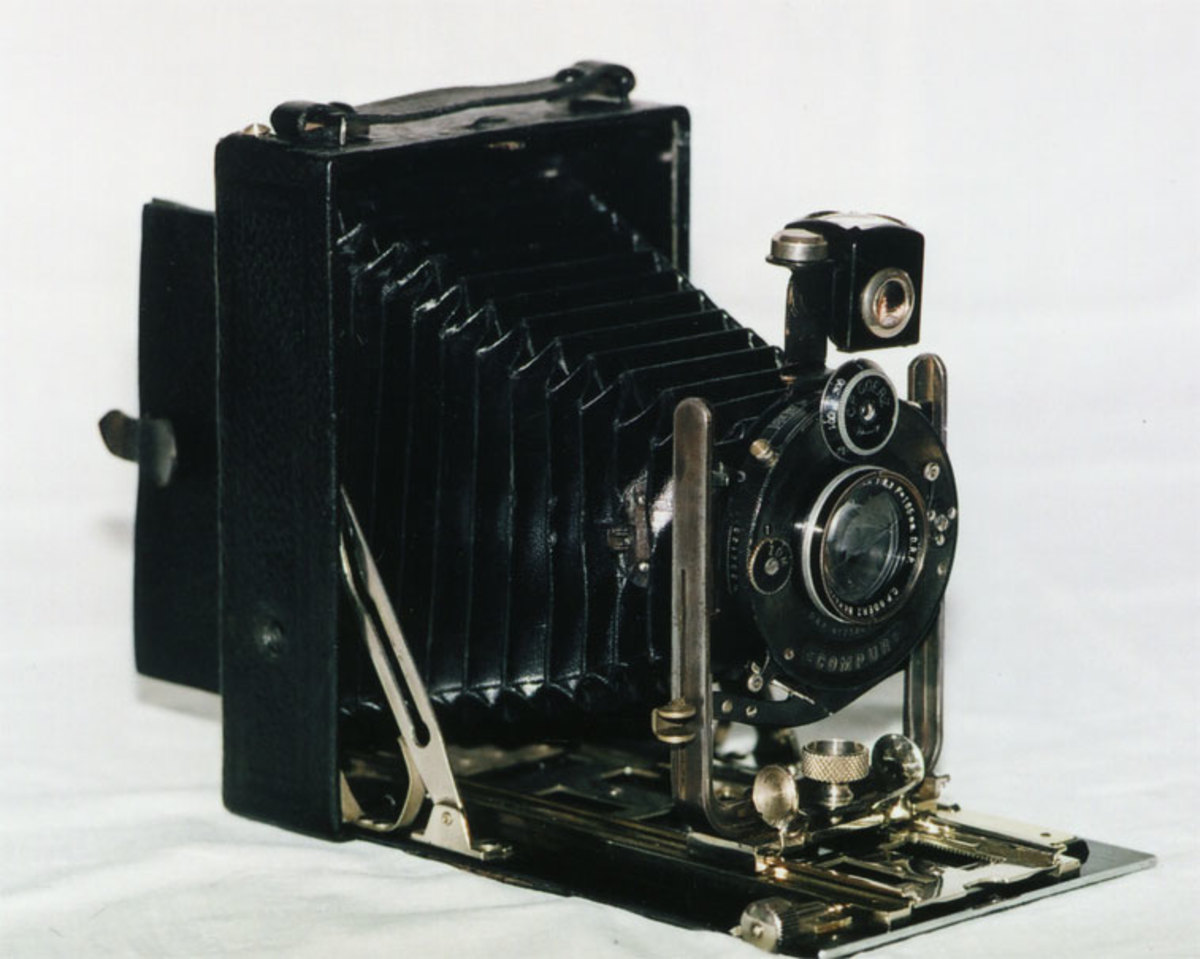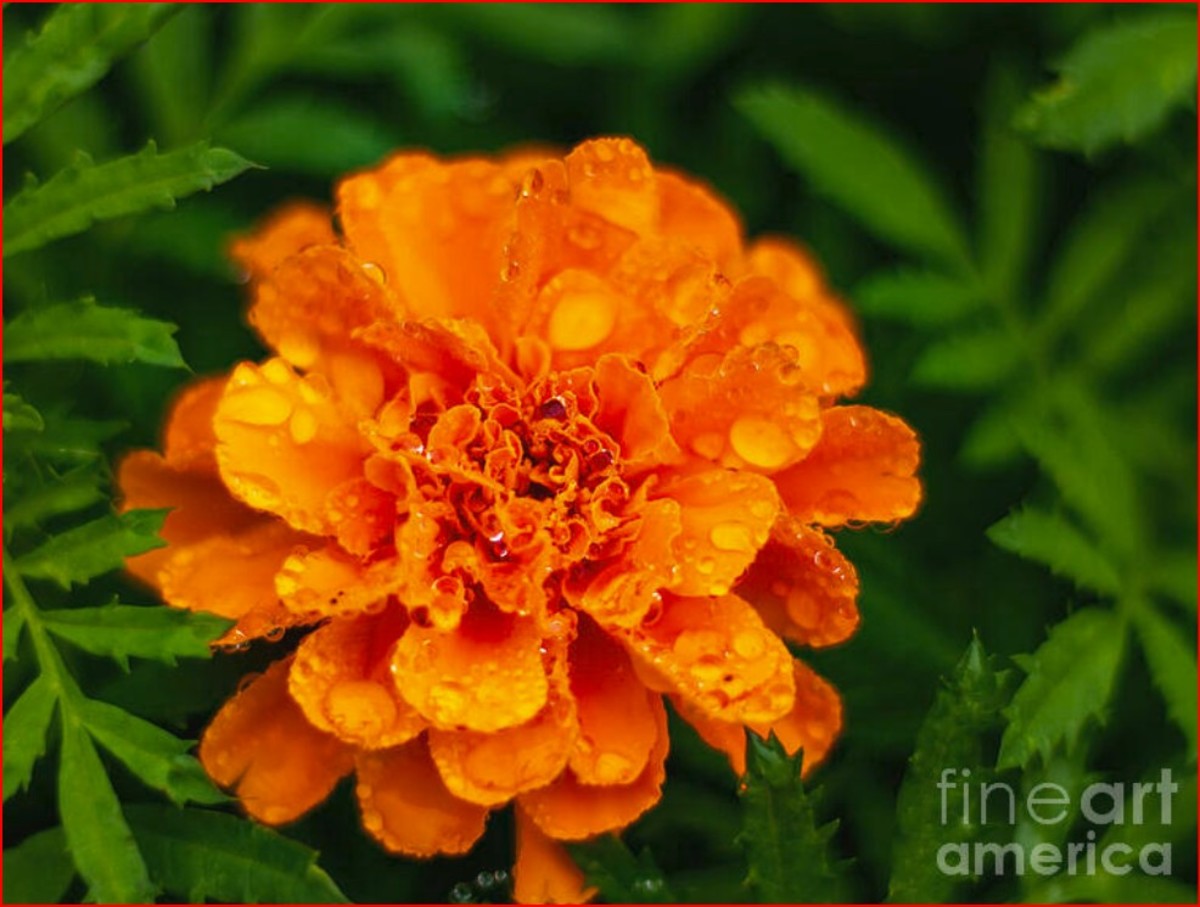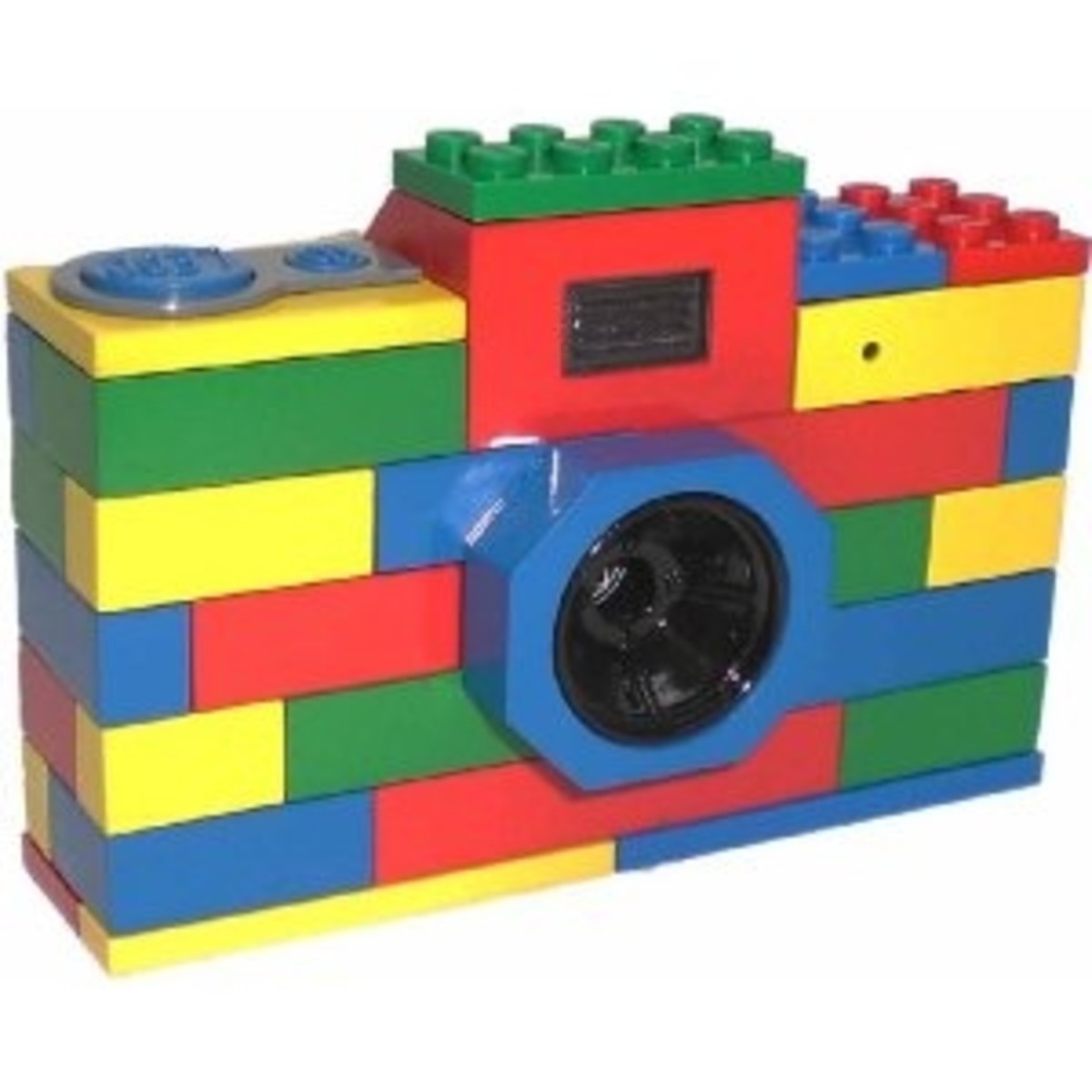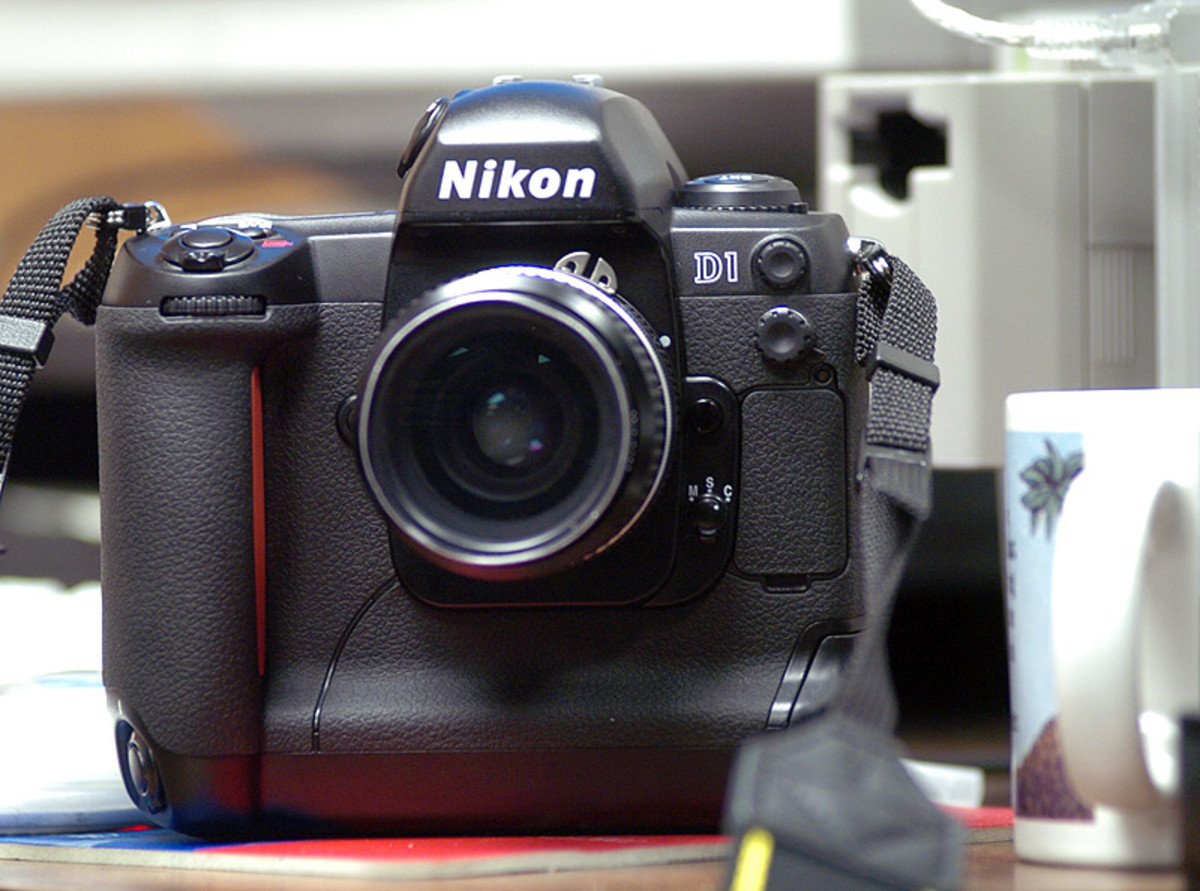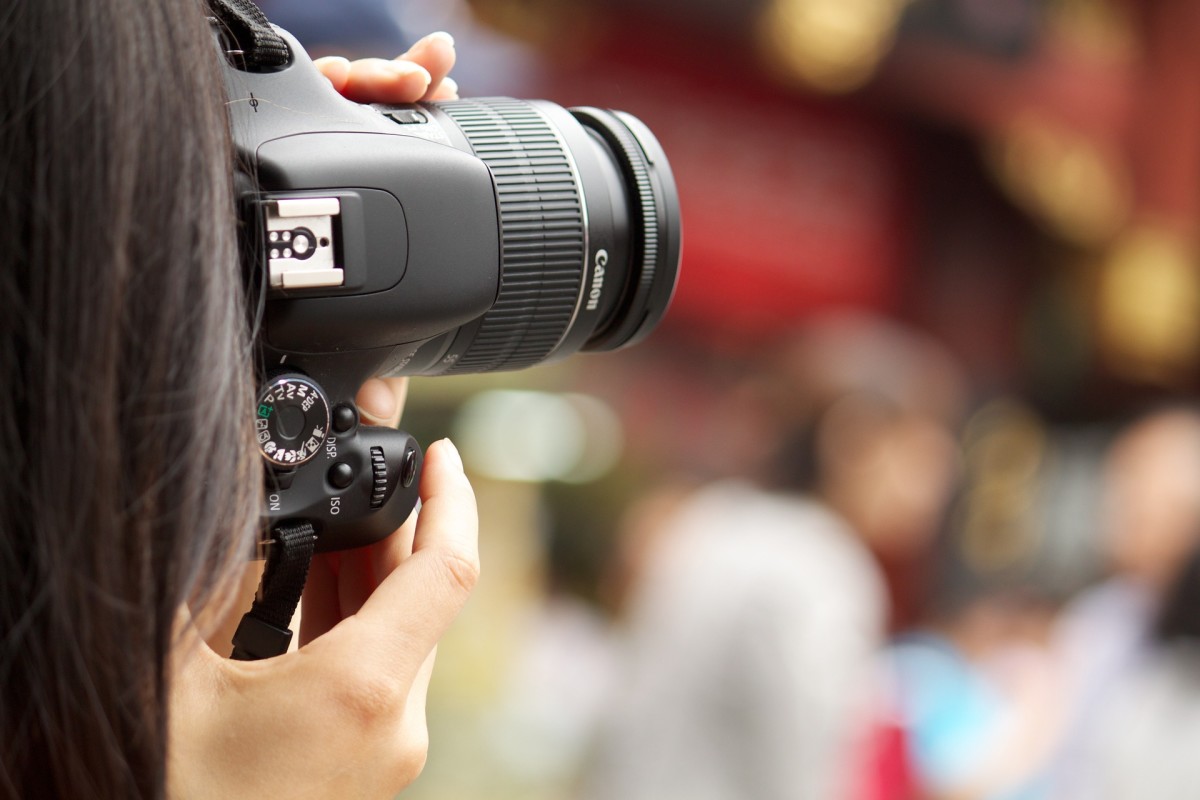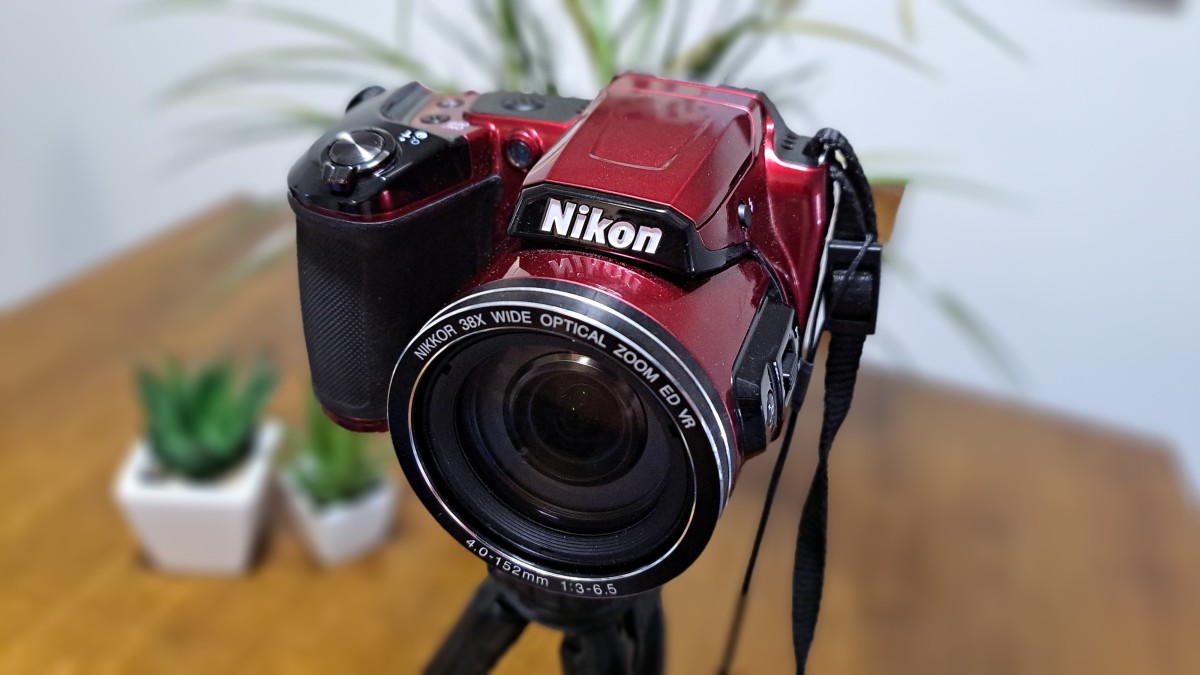- HubPages»
- Technology»
- Consumer Electronics & Personal Gadgets»
- Portable Electronics»
- Digital Cameras
Best SLR Camera: How to find the best digital SLR camera for you
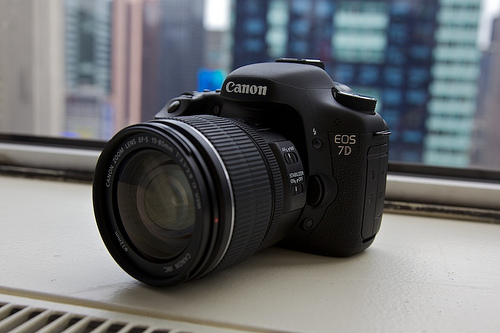
I love photography. It's an incredibly rewarding hobby that lets me be as adventurous and creative as I want to be. I know a lot of people that want to buy a camera, but they don't know what they need to get started. This page is for beginner photographers that want to find the best SLR camera available.
Before we get started, here's the most important piece of advice: GO TO A CAMERA STORE AND PLAY AROUND WITH A DIGITAL SLR BEFORE YOU PURCHASE IT! Seriously. This is too big an investment to make without feeling it in your hands first. With that said...
Why a digital SLR camera?
dSLR cameras are a great option for beginner to expert photographers. You have an amazing amount of flexibility, but with that power comes responsibility. Sure, you can essentially use an SLR camera as a point and shoot (so long as it has autofocus - as we'll discuss later), but where's the fun in that? Honestly, if you're upgrading to a dSLR you should probably be making the jump because you want to have more control over how your photos look.
If you want to get a quick feel for the difference between point and shoot cameras and dSLRs, hop on over to flickr. You'll quickly see the difference a dSLR and some research/practice can do for your photography skills.
Here's a quick list of major differences between a dSLR camera and a regular point and shoot:
- Ability to change lenses: unlike a point and shoot camera, you can buy different lenses for your dSLR. For example, a big zoom lens could get you an up close and personal shot at a sporting event, while a macro lens will allow you to photograph a drop of dew on an orchid.
- Responsiveness: dSLR cameras open and close the shutter (i.e., take the picture) as soon as you hit the button. Most point and shoots have a delay that gives the camera time to calibrate, but this often means you miss the shot you were looking for.
- Flexibility: in the past you could only get a dSLR or SLR camera if you were an expert. These days you are given the room to grow with your dSLR. As I mentioned earlier, most dSLR cameras come with enough automatic functionality that you can take time to learn some of the more complicated features as your own pace.
Learn More
- About Shutter Speed
Photography tips on what shutter speed is and how shutter speed affects photography. - About Aperture
Understanding how the size of the lens opening affects pictures. - About ISO
Understand which ISO to use in which situation.
Understanding SLR camera features
If you're a beginner, this section will help you understand dSLR camera features (feel free to jump ahead if you feel comfortable with basic camera setting lingo).
Why do some models say kit and others say body only?: If a camera you're looking to purchase says "kit" that means it comes with a lens. You'll be able to slap that lens on and start shooting out of the box (these tend to be starter type lenses, nothing top of the line, but typically have some flexibility). If it says "body only", as many do, that means there's no lens included.
How much memory does it come with?: None! Well, almost always. This surprises a lot of first timers. You're going to need to purchase the type of memory that your camera uses, be it an SD card, a Memory Stick, or some other type of flash memory.
What does ISO mean?: ISO is all about light sensitivity. dSLRs will have an AUTO setting and then a bunch of numerical manual settings. A camera with a top setting of 3200 will be able to capture images in lower light conditions than one that tops out at 1600. If you expect to use your camera in low light frequently, this will be an important factor to consider. Be aware though, there is a trade-off in using high ISO settings. Higher settings create more "noise" in your photo, similar to a grainy picture taken with a film camera. For this reason, you're always trying to use the lowest ISO setting that the scene will allow.
What are megapixels?: Most people think they have a good idea about megapixels, but it's a much more complicated issue than "a higher number is better." Honestly, other factors are significantly more important when considering the quality of a camera's photographs. For your purchasing decision, the thing to ask yourself regarding megapixels is: how often do I crop an image down or blow an image up to a large scale? More megapixels means more photographic information stored, so you'll be able to zoom and crop images with less blockiness.
How important is sensor size?: A larger sensor will, like megapixels, indicate that the camera can capture more information. So again, if you zoom and crop images frequently, this will be a more important factor.
What is a metering system?: I'm not sure all experts would agree, but I think this is an area that a beginner shouldn't concern themselves. All dSLRs have a few different metering modes, and the slight nuances won't affect you until you're a much more advanced user.
What are the different types of image stabilization (or "IS")?: Nikon and Canon (typically considered the best SLR camera manufacturers) only offer lens based stabilization. That means you need to look for an IS lens every time you get a new one. Olympus, Pentax, and Sony all have stabilization built into their bodies. The two systems achieve nearly equal results. Lens stabilization has the added benefit of giving you a stable image in the viewfinder, but the downside is that you're paying for IS in every lens you purchase that has it. Note that IS only comes into play if you're holding the camera yourself. The reason it comes in handy is because the image stabilization system will give you the ability to use longer exposure times without blurriness.
Is the built in camera flash enough?: The built in flash is very basic and you'll quickly outgrow it as a photographer. You'll soon learn that you need an external flash to get the right lighting conditions in most photos (using techniques such as bouncing the flash off a wall). Keep in mind that this is usually one of the first "extras" that you'll want to buy as you grow into your camera.
What about movie mode?: Not all dSLR cameras have movie mode, so this could be a major factor for some people. While many offer "HD movies" remember that your dSLR is not going to be shooting at a quality as good as a digital camcorder. One nice thing about this mode is that you can use all of your lenses to create movies. For example, if you get a fisheye lens you'll be able to shoot a fisheye movie...something most digital camcorders can't do.
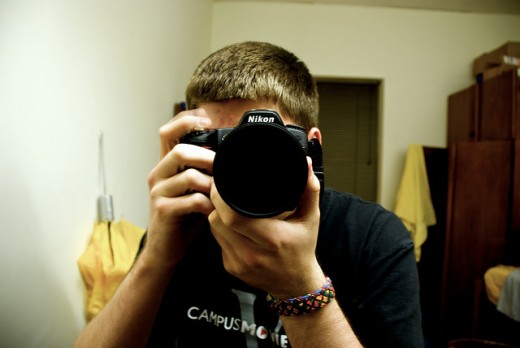
Which is the best SLR camera brand?
There are several camera companies that make good dSLRs. These companies include Sony, Olympus, and Pentax.
Now that I've been polite, I'll be honest: almost every serious photographer I've ever met uses a Canon or a Nikon. I'm sure there are experts who love a brand other than these two. That said, I recently purchased a Canon EOS Rebel T2i because it was the clear winner when I informally polled some professional photographers (thought the Canon T3i has already been released!).
Between Canon and Nikon I generally hear that it comes down to personal preference. As a beginner I don't think there's a big difference, but go into a camera shop to test drive a few from each manufacturer. This will allow you to become familiar with some of the differences that do exist. You'll want to navigate the menus, snap some pictures, and hold the camera like you would when you own it. One photographer explained the difference between the two brands to me by saying that Nikons are the best SLR cameras built by photographers and Canons are the best SLR cameras built by engineers.

